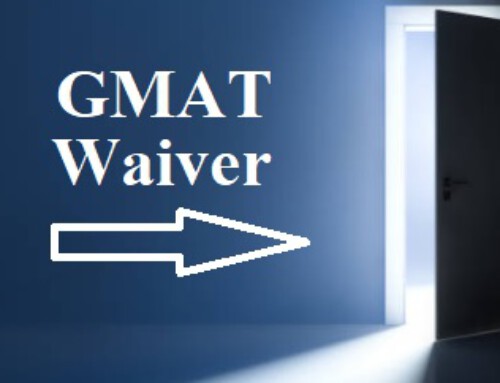Written by: Michelle Miller, CEO ARINGO Americas, MichelleM@ARINGO.com
Letters of recommendation are a common piece of MBA applications, but there is some confusion surrounding them, both on behalf of applicants and on behalf of the recommenders themselves. Part Five of ARINGO’s Hacking the Apps Series will address and clarify how to effectively leverage letters of recommendation to benefit your application.
The first critical step in the process is to choose the right recommenders. Most schools require 2 letters of recommendation, and prefer that your first letter comes from your direct supervisor or manager. We agree that this is the ideal recommendation as he or she is often best suited to speak to your strengths and accomplishments. However, there are times when your direct manager is not the right or ideal individual. A common conflict that arises is when the candidate does not wish to disclose to their company or supervisor that they are applying to business school, for a variety of reasons. Fortunately, most business schools recognize this conflict and will accept letters from other recommenders when it is not possible to use your direct manager.
If you find yourself in this situation, look for a close substitute. Consider a former supervisor, even from a different organization if need be. Be cautiously creative; it is okay to use a project manager or an indirect supervisor if they can speak clearly and specifically to your profile. Other considerations could be professionals from extracurricular activities or volunteerism you have been involved with, or a long-term client you have worked with closely.
In contrast, avoid the (common) mistake of using recommenders who cannot speak to your accomplishments and skills specifically or in appropriate context. For example, academic references are not as useful as professional recommendations. A college professor that you reported to for a study or experiment may be acceptable if they can frame it in a workplace setting, but, if possible avoid submitting a letter from your favorite professor. Similarly, avoid the CEO-pitfall. Sure, a strong and detailed letter from a CEO would make for an excellent submission – but if you barely know them, and you aren’t confident you could adequately prepare them, it is better to choose the professional that knows you and can cite specific examples of your strengths and fit for an MBA program.
Once you’ve chosen your recommenders and they have agreed to support you, your work is far from over! These letters are not a mere formality; rather, the letters of recommendation provide the admissions committees with additional perspective into who you are as a professional. This is a prime opportunity to support your application narrative and provide additional examples of the strengths and abilities you’ve showcased in your essays. But it is your job as the applicant to do the footwork and provide your recommenders with the tools they need to support you. Take them for coffee and tell them about your interest in the program and how you see your own fit. Share your notes with them and include suggestions of how they can support you. Offer to hire a professional to proofread their letters and provide them with feedback to ensure that the messaging is clear. Last but not last, make sure your recommenders know the deadlines and how to submit their letters – the letters of recommendation are part of your application documents and therefore are due at the same time as the rest of your application deadline.
The letters of recommendation are an excellent opportunity to further showcase your profile and demonstrate your fit into the MBA program. Avoid the common pitfalls above and partner with your recommender to ensure they have the resources to support you. Good luck!
.
NEXT: Hacking the MBA Applications – Part Six: Online Presence for MBA Admissions





Leave A Comment